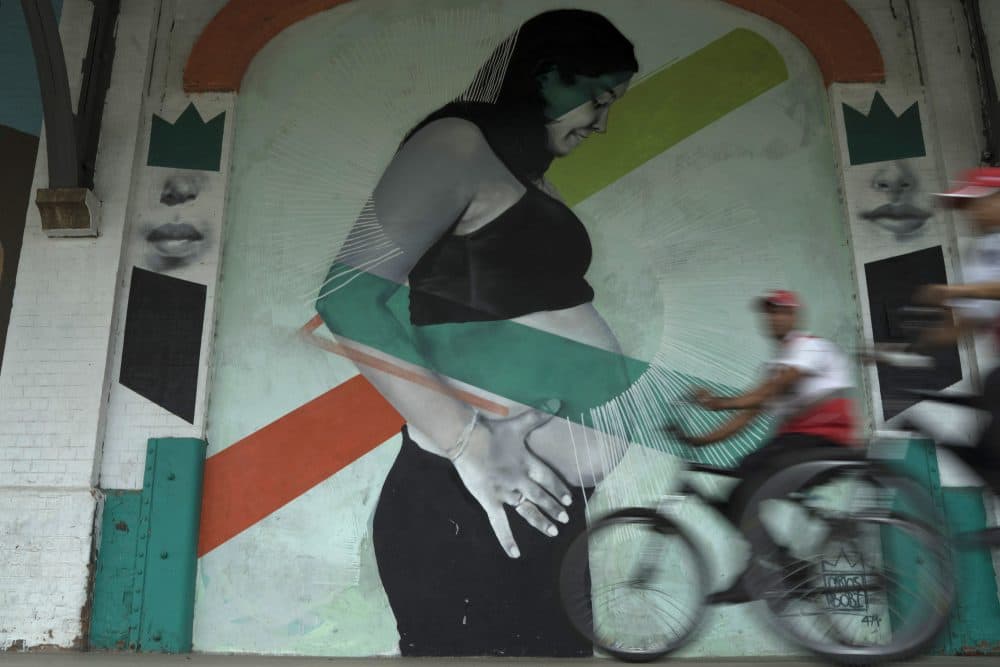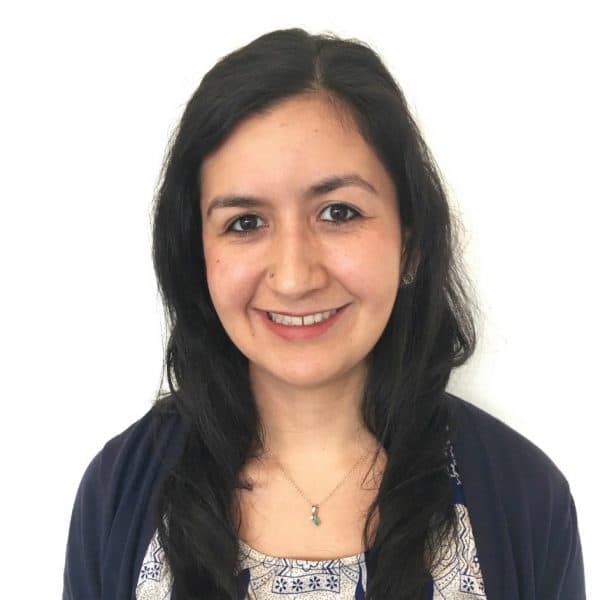Advertisement
Commentary
Too Many Girls In Latin America Are Dying From Trump's Ban On Abortion Counseling

The girl died alone. The senior nurse cleaned her lifeless body under the harsh light and monitors of the intensive care unit. I’d seen her arrive at the hospital earlier that day: her pink nail polish, the flower print dress drenched in sweat and tears. The blood. We’d rushed her to the operating room, but we were too late. When we opened her up, I saw that a sharp object had pierced her womb, her intestines and her bladder.
That was all I knew of her — what killed her. Her dreams, her fears and her story remained a mystery. The only insight I had into this teenager’s life was that she chose an unsafe abortion over an unwanted pregnancy.
Every year, 25.1 million women undergo an unsafe abortion. These are performed by unskilled people in shady rooms, usually with dirty instruments. Sixty-eight thousand women die yearly of bleeding and infection, primarily in countries where abortion is illegal or otherwise inaccessible.
... [Trump's] misguided policy continues to endanger the lives of women in Latin America and around the globe.
Latin America, where I watched the girl in the flower print dress die, has some of the most restrictive abortion laws. It’s also the only region of the world where pregnancy in girls under 15 is on the rise. One example: over the last decade in Ecuador, teenage pregnancy increased by 74 percent. There’s been an increase in abortions in Latin America, too: 32 percent of all pregnancies end in abortion, up about 10 percentage points from the 1990s.
Days after Donald Trump was inaugurated, he reinstated and expanded the Global Gag Rule — also known as the Mexico City policy — that restricts international NGOs from providing counseling on abortion. (He re-named it “Protecting Life in Global Health Assistance.”) One year later, his misguided policy continues to endanger the lives of women in Latin America and around the globe.
As a physician and obstetrics trainee who has worked in Latin America and Africa, I have met countless pregnant teenagers and victims of botched abortions. (Globally, 17 million adolescents give birth every year; an additional 3 million undergo unsafe abortions.)
According to Planned Parenthood, 90 percent of pregnancies in girls 15-years-old and younger in Latin America are the result of rape. So, in addition to the emotional weight of an unwanted pregnancy, these adolescents are faced with the trauma of sexual abuse and often incest. Power differentials, early marriage and gender violence knit a net that traps young women. Lack of access to contraception and education increases girls’ vulnerability.
Forcing a minor who has been raped to carry on with her pregnancy should be considered a violation of human rights. Yet in seven Latin American and Caribbean countries, abortion is not permitted under any circumstance (and it is only permitted to save the woman’s life in eight others).
Forcing a minor who has been raped to carry on with her pregnancy should be considered a violation of human rights.
By reinstating and expanding the Global Gag Rule, Trump’s policy requires international NGOs to certify that they will not promote or perform abortions as a condition of receiving any U.S. assistance.
The Global Gag rule has been a political football for decades. When the rule was reinstated in 2001 by the Bush administration, rates of abortion actually increased: As NGOs declined America’s restrictive conditions for aid, they lost funding for contraception, which may have led women to inadvertently substitute abortion for birth control.
President Obama rescinded the rule when he took office. And during the eight years of the Obama administration, U.S. International funding for family planning is estimated to have averted approximately 3.1 million abortions and 15,000 deaths of women worldwide every year.
Trump’s new policy is more restrictive than ever. He changed the law so NGOs not only lose funding for family planning, but for all essential health programs. In Colombia, for example, where abortion is legal under certain circumstances, if a NGO continues to counsel a patient on abortion, it will lose American funding for all of its work, including family planning, reproductive health, maternal and child health, HIV/AIDS, malaria and global health security programs.
Organizations face a difficult dilemma: comply with the U.S.’s new policy regarding abortion, or lose funding for everything.
As we mark the year anniversary of the re-institution and expansion of the Global Gag Rule, we must fight harder than ever to protect women’s right to access safe and legal abortion — especially in countries across Latin America where too many women and girls suffer and die in anonymity.
The name of the girl with the pink nail polish and flower print dress was Luz, the Spanish word for light. Her memory remains a stark reminder of what happens when we limit women’s choice and access.
